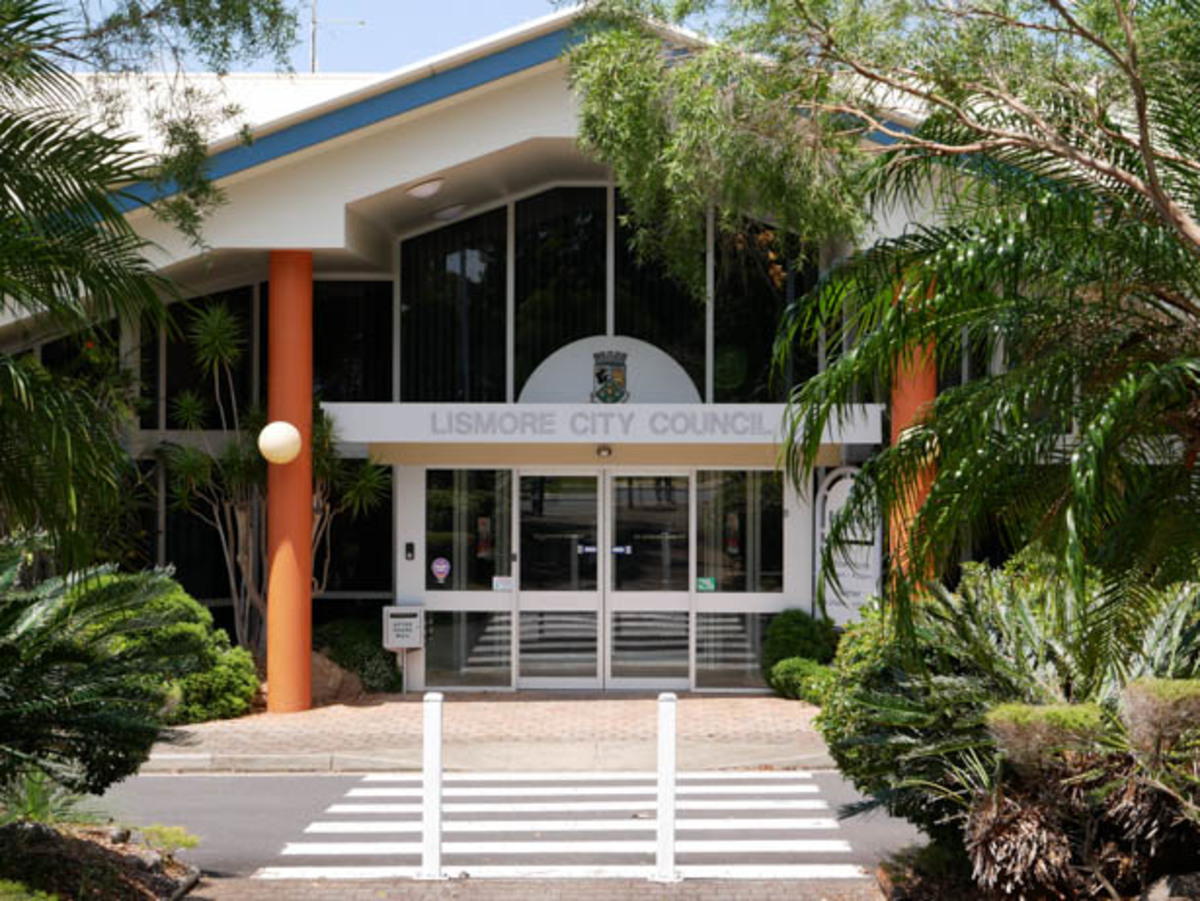Lismore City Council produces a solid financial result in the short term but what about the long term?
Simon Mumford
14 December 2020, 6:40 AM

In a statement released today Lismore City Council (LCC) produced an improved cash balance last financial year and out-performed three critical State Government financial indicators, despite the COVID pandemic and other unexpected events.
Deputy Mayor Neil Marks said: “This is a huge turnaround in only 12 months.”
“This result is important for our community and local democracy. As we have seen recently, if a council can’t control its finances, the State Government will step in and suspend elected Councillors and appoint an administrator removing all local representation.
“Our result shows that Lismore City Council can make the tough decisions and follow stringent financial guidelines to improve our financial position. This means, as a community, we have control over our own destiny.
“What has made it even more impressive is that, as the independent Auditor noted, this was achieved when Council suffered a large reduction in expected revenue due to COVID-19 and the fire at Recycling & Recovery facility.”
Council’s audited 2020 Financial Statement, now on pubic exhibition, shows Council substantially reduced its net operating loss, before grants and developer contributions, from more than $8 million the previous year to a little over $600,000 this year.
The Financial Statement also reveals total revenue for the year was $141.5 million, up by $9.9 million the previous year, while expenditure was successfully reduced by $4 million to $118.9 million.
Over the last three financial years, Council has also reversed a worrying downward trend to surpass key State Government benchmarks for financial stability.
Council’s Operating Performance Ratio, which measures the extent to which revenue raised covers operational expenses, consistently improved against the benchmark over the last three years.
It now stands at 2.6%, against the benchmark of 0%, and up from 1.44% in 2017/18.
On the measure of Own Source Operating Revenue Ratio, Lismore City Council outperformed the benchmark of 60%, recording a healthy 66.7%.
This indicator measures financial flexibility by assessing Council’s reliance on government grants. The result essentially shows that Council is not wholly reliant on Government grants to provide services to the community.
The third indicator measures whether Council has enough short-term financial resources to meet is short-term obligations.This ratio improved from a poor 1.37 times in 2017/18 to a strong 2.33 times this year, against a benchmark of 1.5 times.
However, despite this year’s strong financial performance, Council still faces significant challenges in addressing its legacy Infrastructure, Asset Management and Asset Renewal backlog.
These historic backlogs have built up over previous Councils, with the three long-term indicators this year remaining well below the State Government’s benchmark.
“What this shows is that while we have achieved a good year-on-year result, as a community we must start to look at ways to reduce the backlog, particularly on our local roads,” Cr Marks said.
As the infrastructure backlog, like roads is a recurring need for the community. A fair question to be asked is "where is the money coming from to fix them?"
COVID-19 has the Federal and State Governments throwing money at local councils to create jobs and fund a small part of the much needed repair and maintenance.
With COVID controls within Australia looking positive in 2021 and a vaccine not far away the government grants will eventually dry up as the Federal and State Governments start to pay off their massive new COVID debts.
When this happens, what are the options open to the Lismore City Council and our elected Councillors?
According to the Australian Local Government Association councils have three ways to raise revenue:
- Rates
- User charges
- Grants
If we write off option three we are left with Rates and User Charges.
You will remember the Special Rates Variation (SRV) that was debated and eventually voted against by councillors in the November council meeting 2019 following community consultation. Basically the Lismore & surrounds community said "get your act together as a council, why would we give you anymore money."
The statistics above show that council has turned the short term business operations around in the last two years. That still leaves the long term.
With the SRV off the table, what other options are available to LCC?
Investment.
Investment in businesses and jobs.
More jobs lead to more people which leads to more rates revenue for LCC which can be used to pay for the infrastructure backlog.
The growth option will take a longer time to generate sufficient revenue but after the SRV vote it looks like the communities preferred way forward.
For this to happen we need councillors that are pro 'growth and expansion' for our community. Councillors that embrace investment in big and small businesses alike so we can increase our population.
The short term for LCC, hence us as a community, is looking the most positive in a long time. However, the long term still has more questions than answers and with council elections in August, 2021 we have a lot of decisions to make as to who we want to represent us in the next four years.
SHOP LOCAL
